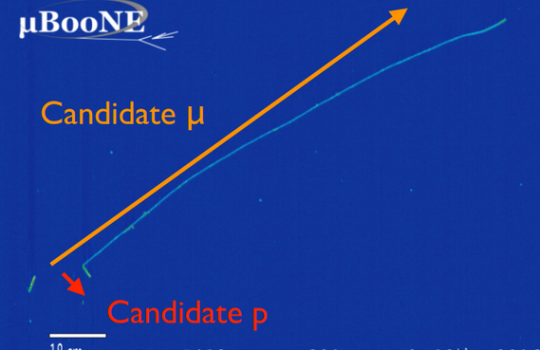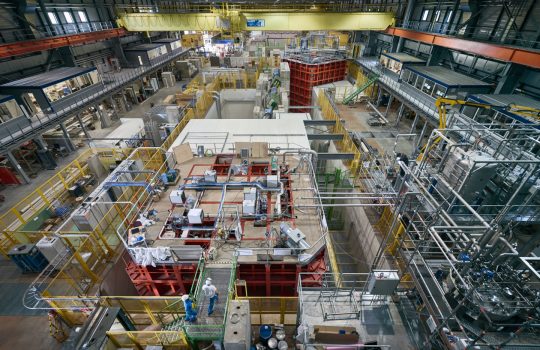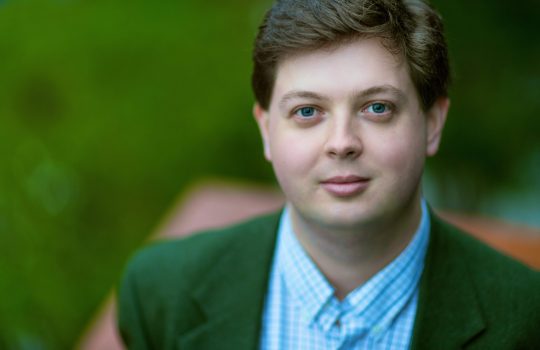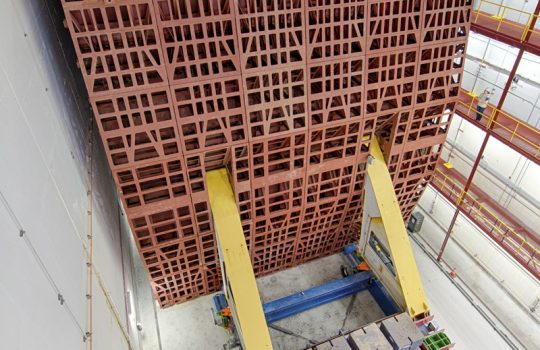First measurement of single-proton interactions with the MicroBooNE detector
The MicroBooNE neutrino experiment at Fermilab has published a new measurement that helps paint a more detailed portrait of the neutrino. This measurement more precisely targets one of the processes arising from the interaction of a neutrino with an atomic nucleus, one with a fancy name: charged-current quasielastic scattering.




